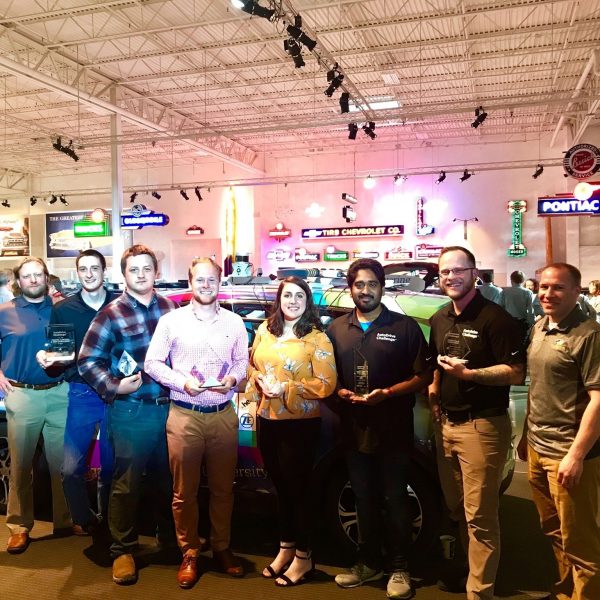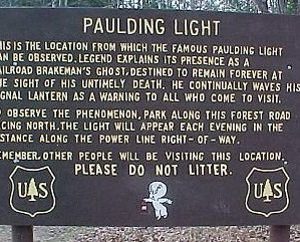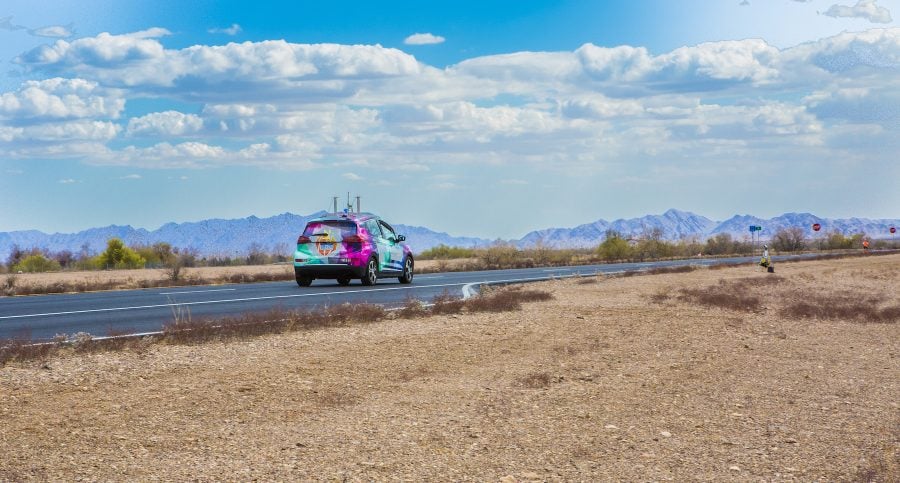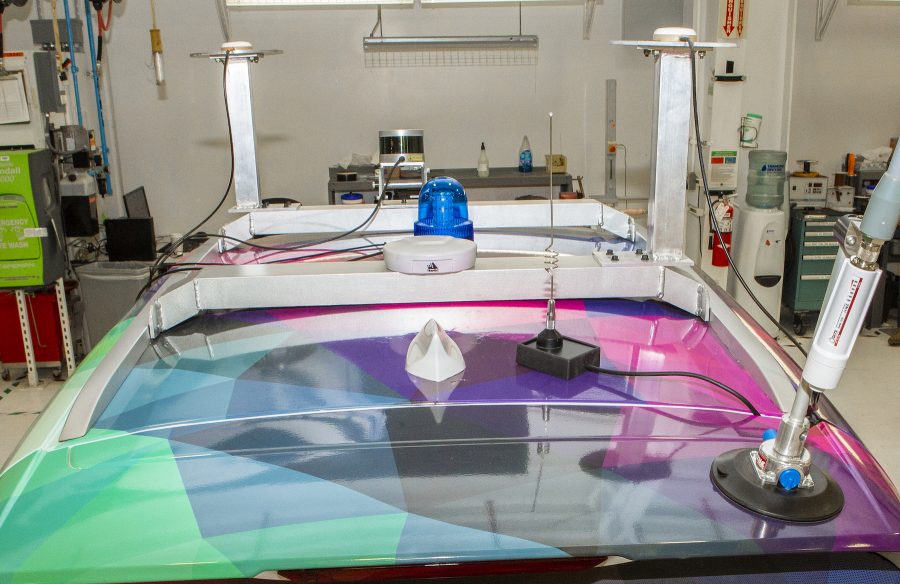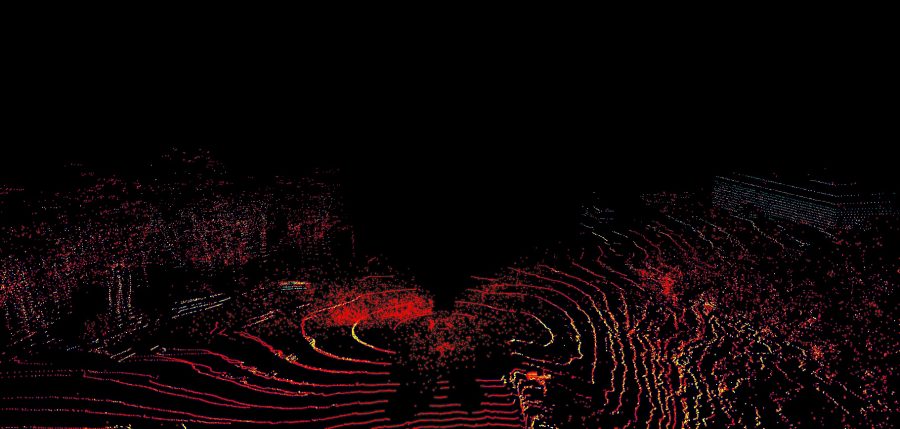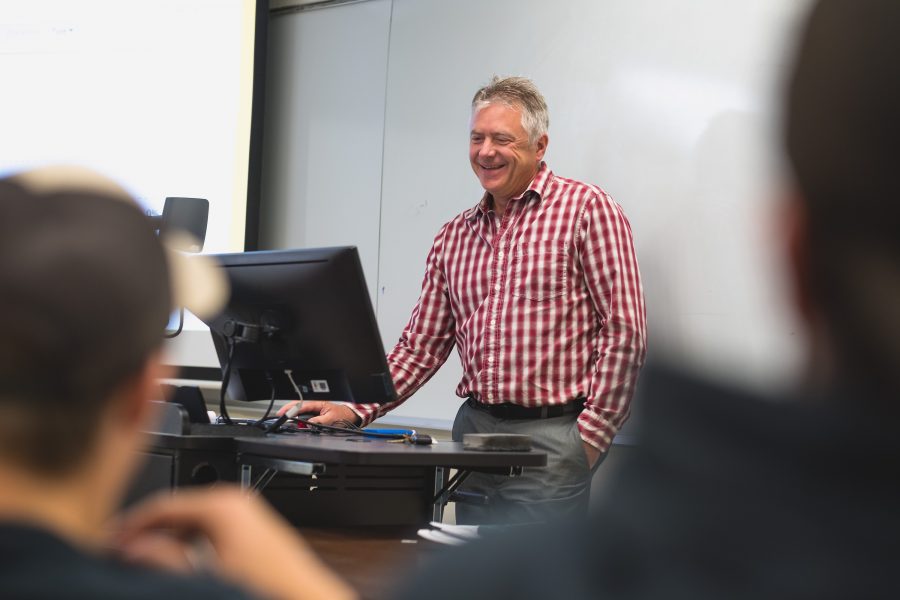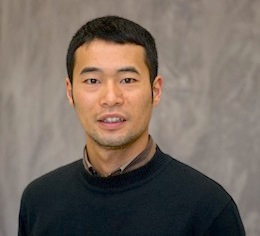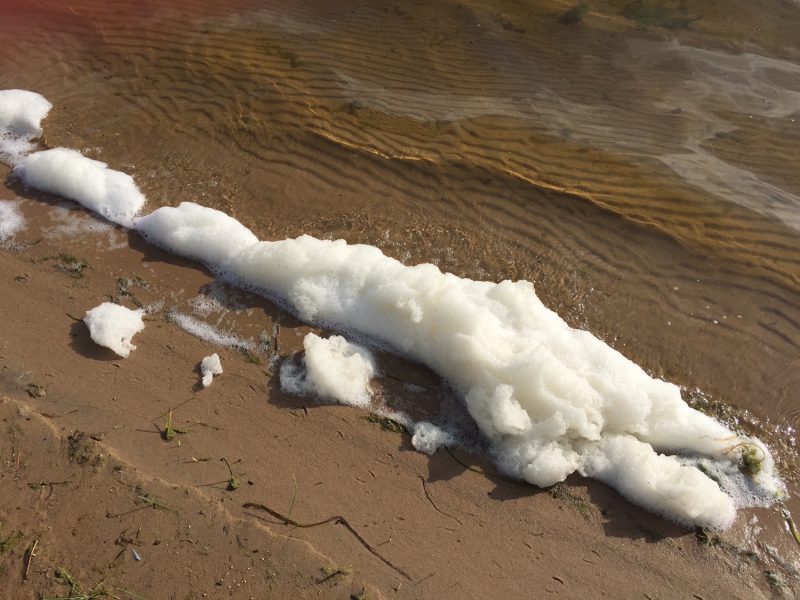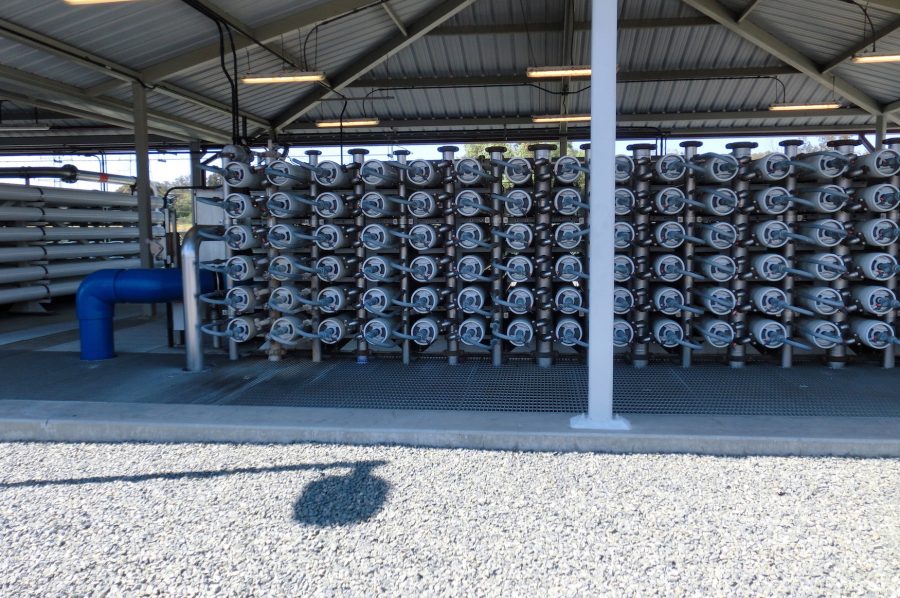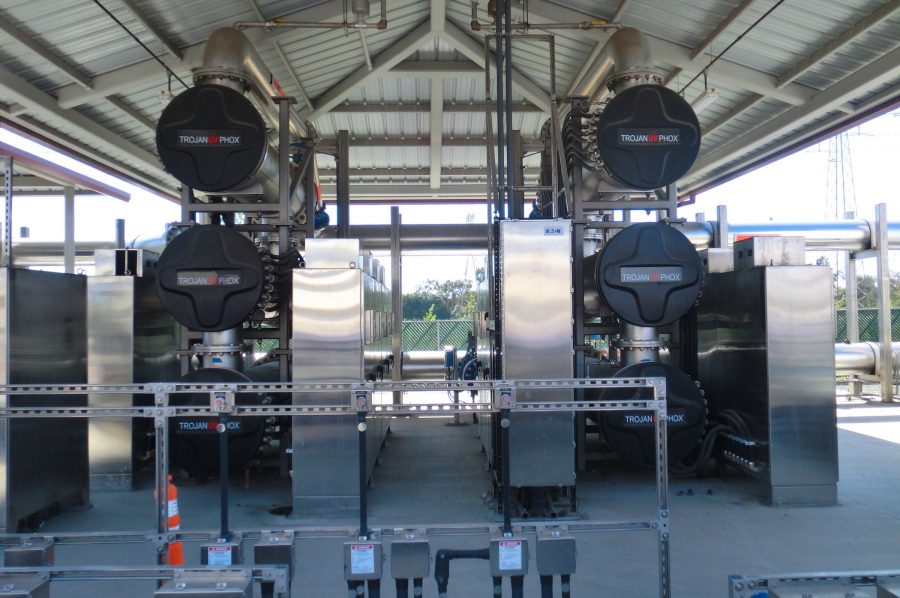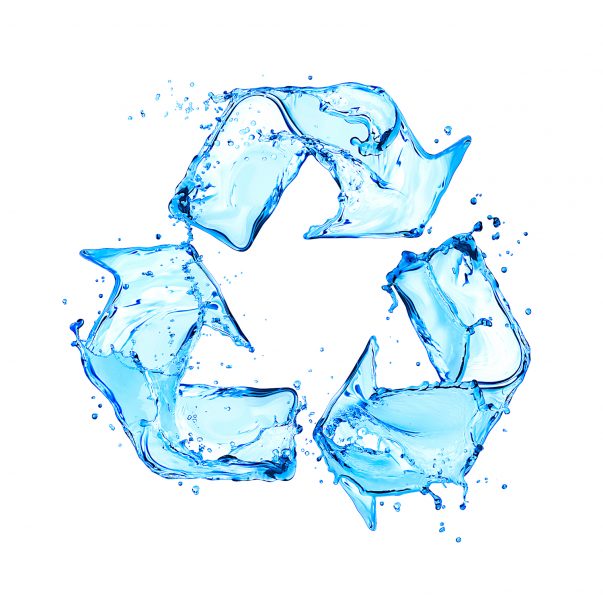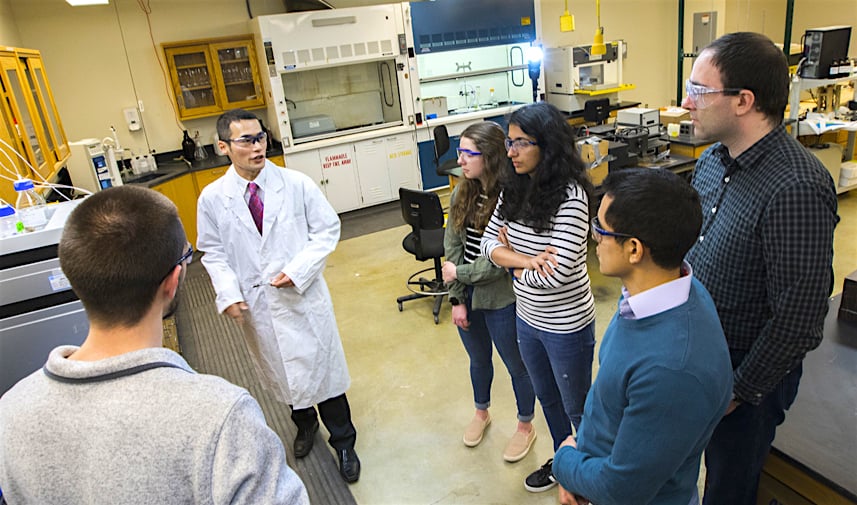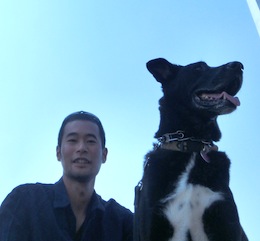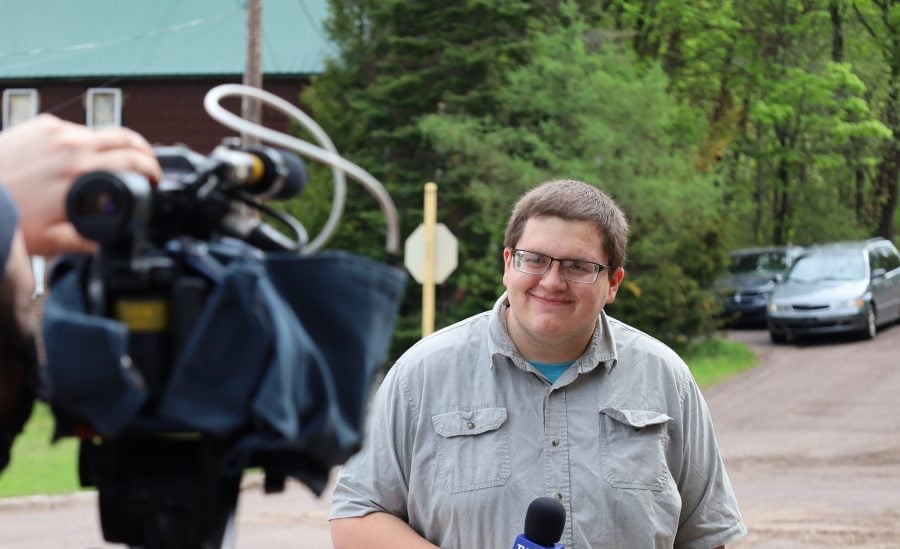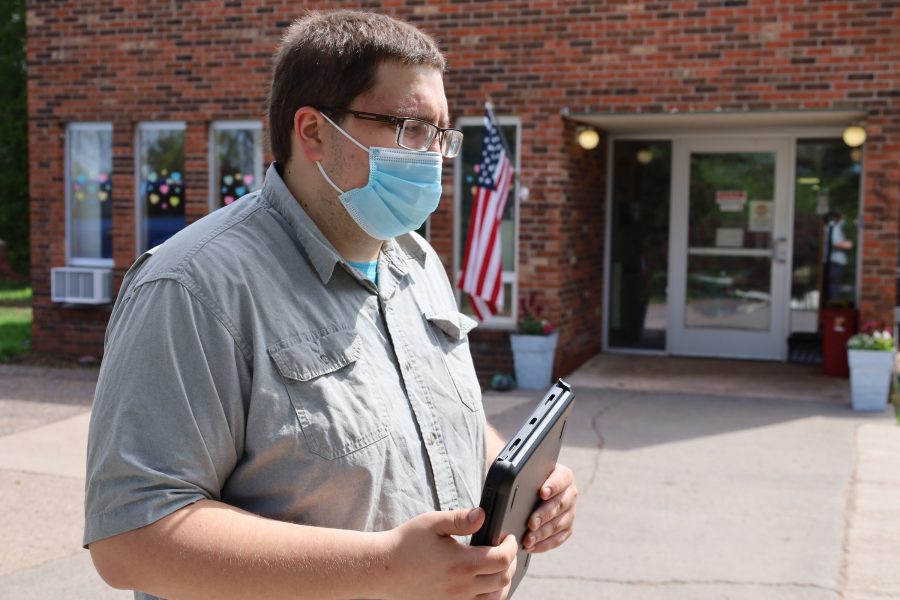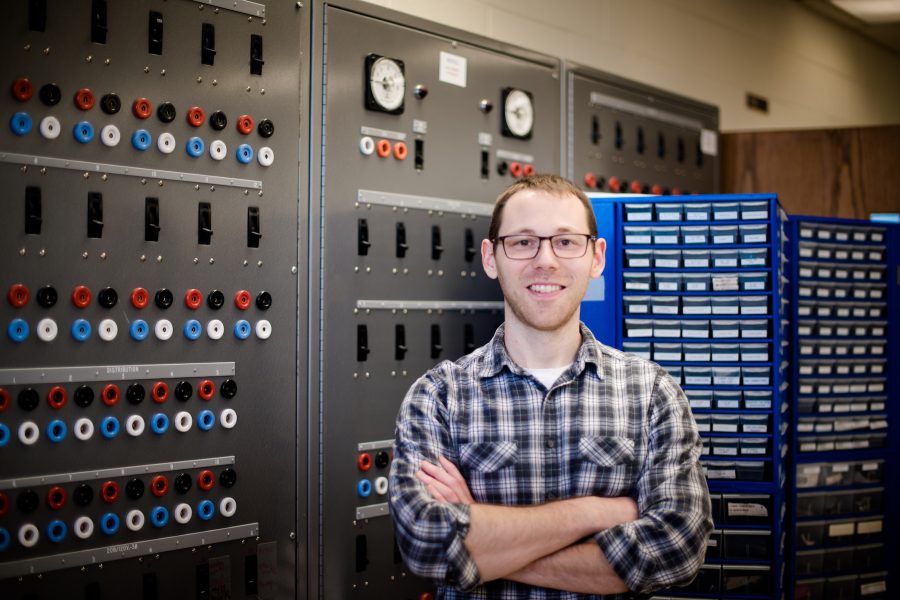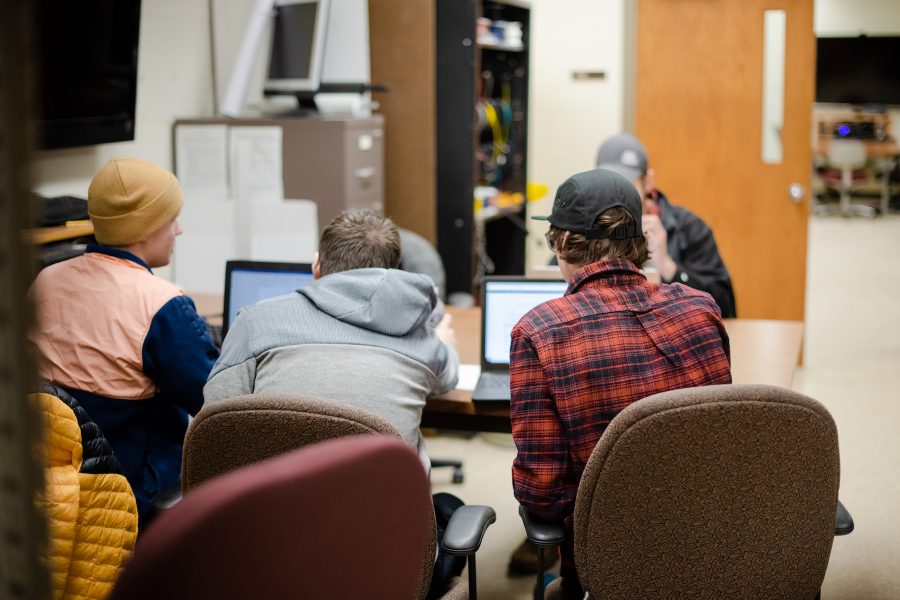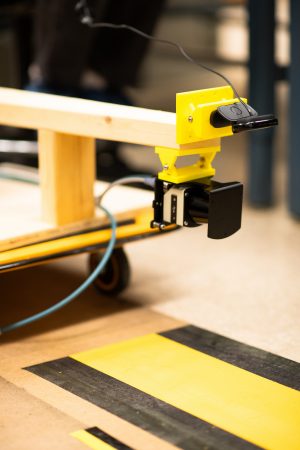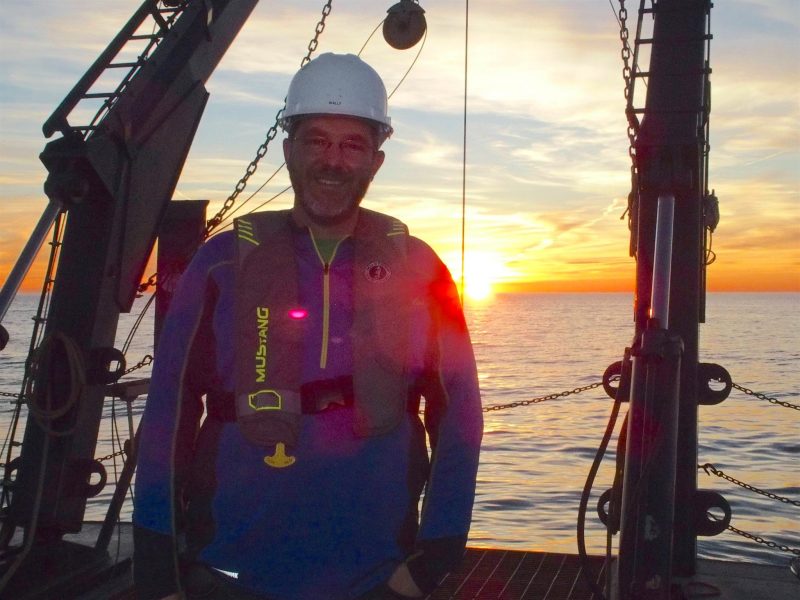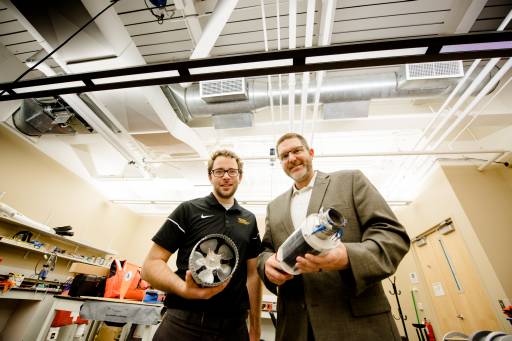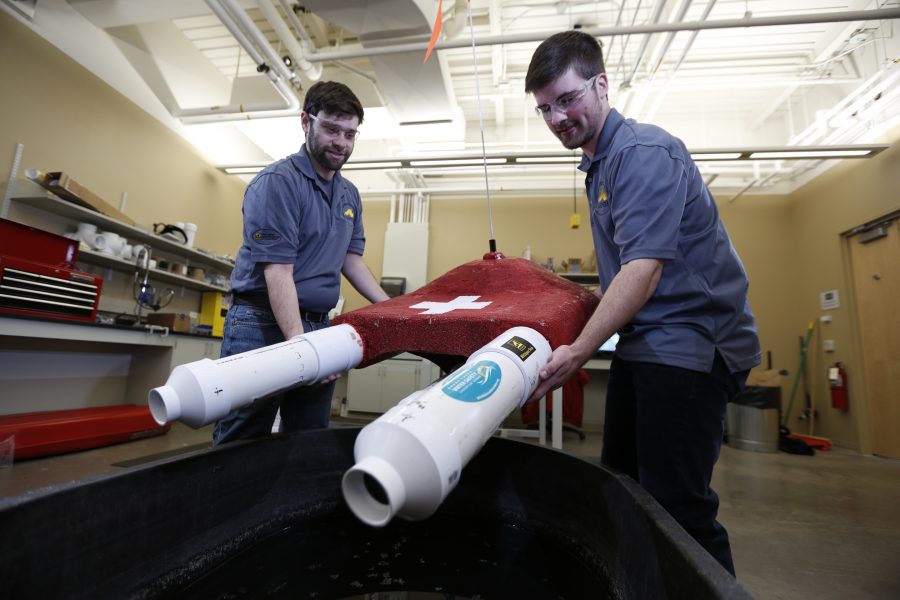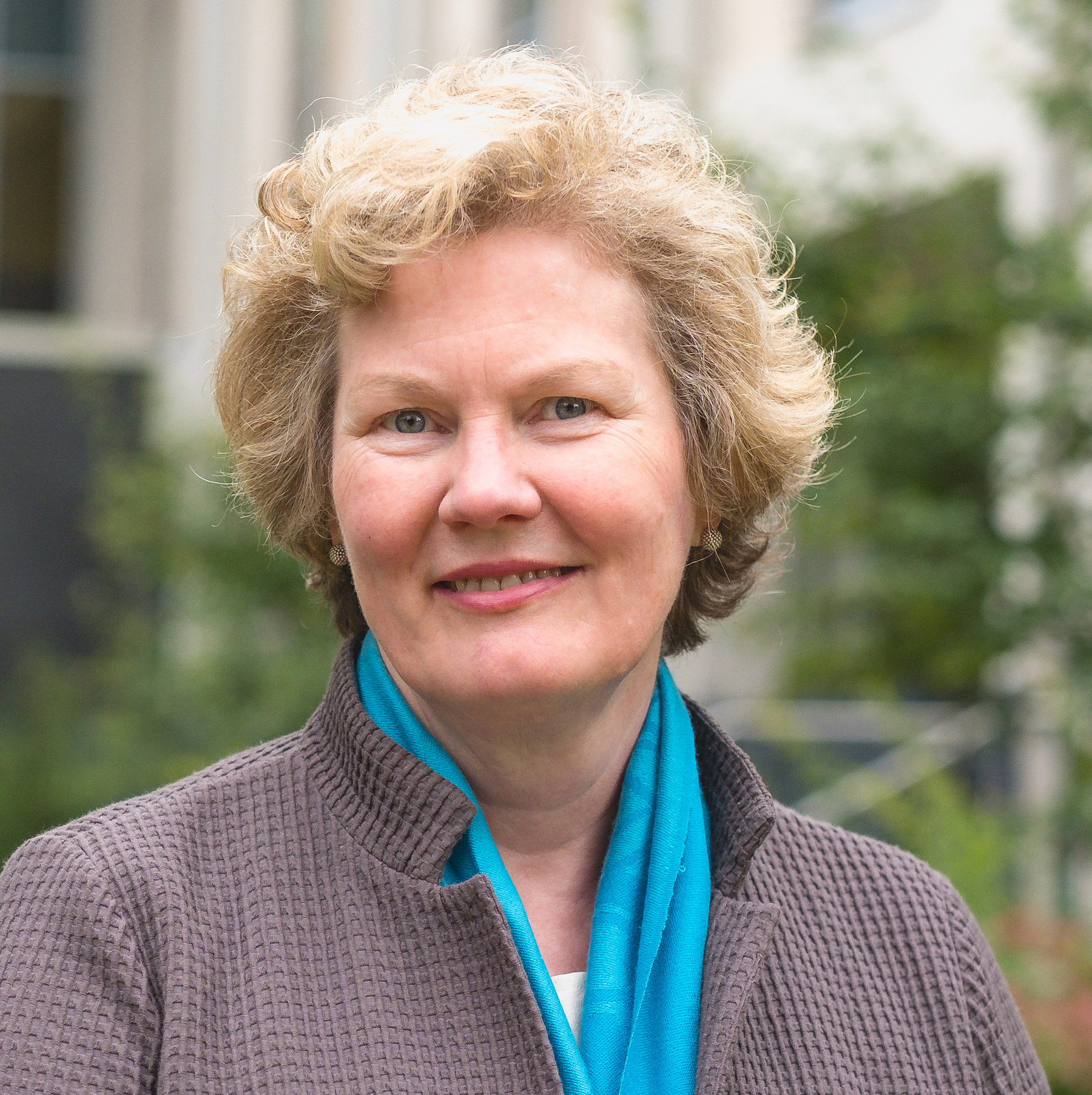
Janet Callahan, dean of the College of Engineering and professor of materials science and engineering at Michigan Technological University, was initiated on June 24, 2020 as a Fellow of the American Society of Engineering Education.
A global society founded in 1893, ASEE is the preeminent authority on the education of engineering professionals, advancing innovation, excellence and access at all levels of education for the engineering profession.
Callahan was cited for contributions to ASEE and the engineering education community via outstanding leadership, educational scholarship, teaching effectiveness and championing diversity and inclusion within the community. Callahan has (co)authored over 50 ASEE and education publications. She has served in numerous positions in the society, contributes to multiple divisions, and currently serves as Chair of the Women in Engineering Division.
“I am pleased and honored to join a distinguished community of ASEE Fellows who support engineering education and who have dedicated their careers in support of that purpose,” said Callahan.
Callahan is among 9 fellows selected this year. The grade of fellow in ASEE is reserved for members with extraordinary qualifications and experience in engineering or engineering technology education or an allied field who have made important individual contributions. No more than one-tenth of one percent of individual ASEE membership may be elected fellow in any given year.

